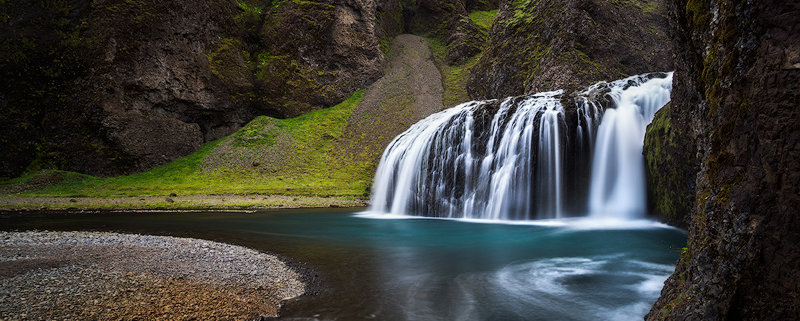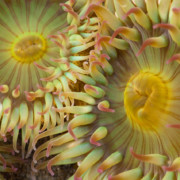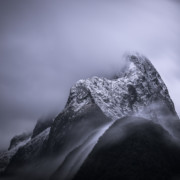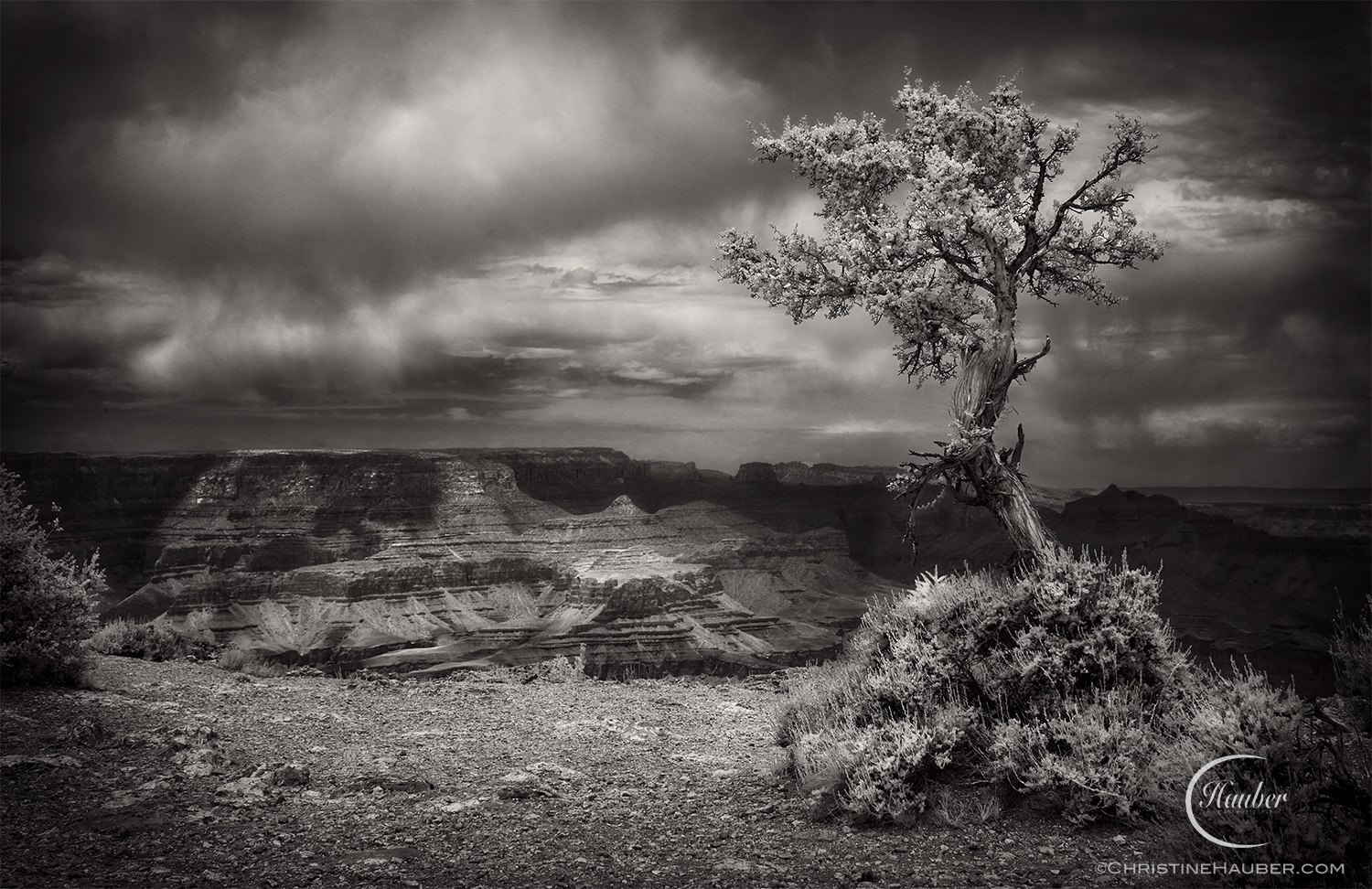5 Effective Ideas for Creative Landscape Photography
Charlotte Gibb wrote a great post for landscape photographers to get capture creative photos. For my own landscape photography journey, I have found all of the steps Charlotte suggests to be helpful in expanding my creativity. In this post, I will add to the steps that Charlotte shared with 5 more ideas for how you can deepen and enhance your creativity in your nature and landscape photography.
All of the landscape photos included in this post are from Iceland, with each demonstrating one of the concepts discussed below. Since Iceland is full of iconic locations, I selected photos that show off a few more personal interpretations of this place.
1..Think of yourself as a creative person
As we get older, we start defining ourselves in certain ways and those self-imposed ideas can create unintentional barriers. A good example is something I hear from photographers who are struggling with creativity and personal expression: “I’m just not a creative person.” Please get that idea out of your head!
The first step in deepening your creative abilities is seeing yourself as a person with the capacity to be creative. You have expressed creativity before taking up photography, even if you haven’t defined it as such. Thus, you have the capacity to be a creative person, you just might need some time to see how that creativity manifests itself through your photography.
In visiting this spot, I planned to photograph an expansive scene – big mountains reflecting in a large lake. Since it was windy, a reflection on the full lake wasn’t possible and I had to remind myself to put my expectations on the shelf so I could see what else the landscape would offer.
2. Banish expectations
A friend of mine recently shared a story about a student in one of his workshops, which was taking place during peak fall colors. One student came to the workshop with the goal of photographing waterfalls. The conditions were not conducive to photographing waterfalls but were excellent for forest scenes showcasing the fall colors. The student ended up leaving the workshop early because she couldn’t see past her expectations.
On a smaller scale, I find myself doing the same thing when I am out photographing but always work to get expectations out of my head. For example, if you find yourself saying things like, “I hope I can find a good foreground” or “This scene will only work with colorful clouds,” you might benefit from spending some time banishing your expectations for a place or a scene. By eliminating pre-conceived ideas about what you hope to photograph, you are able to leave room to find opportunities as they present themselves and take advantage of what a landscape is offering during your visit.
The above photo is another example of how banishing expectations can lead to creative landscape photography. We visited this remote location on a day that was windy, rainy, and completely overcast – except for a few minutes. By being happy with stormy weather, I walked away with a photo I like. If I would have only been happy with colorful clouds, the day would have been a big disappointment
3. Develop your observational skills
When I visited Death Valley National Park for the first time, I saw a barren expanse of land. It was an interesting place but I didn’t really see past the obvious. On a return trip after getting more experience with photography, I realized that there were plants all over the place and many of them could make for interesting photography subjects. Now, I wonder how I possibly could have missed all the plants but I did.
For my first visit to the park, I hadn’t spent much time on learning to observe the places I visit. As my observational abilities improved, I began to see and understand places more deeply, which opened up many more opportunities for photography. Simply, by learning to see more aspects of a landscape, you will be able to expand your ability to see photography subjects, deepen your connection with a place, and expand your creative abilities.
I took this photo at one of Iceland’s largest waterfalls on a day with a really colorful sky. Since these ice patterns interested me more than the grand scene, I took out my telephoto lens and zoomed in on these details. This is an example of how observing the details of a scene can offer additional opportunities for photography.
These colorful plants (above photo) offer an example of how observation can create photographic opportunities. In looking around a mossy lava field, I noticed these colorful plants at my feet. Instead of just focusing on the big picture, I also look at the details in a scene
4. Set aside time for practice and experimentation
Set aside time to free yourself from worrying about results. One of the best things I have done for my own photography is going out to photograph without any concern for what ends up on my memory card. For example, I will set aside an afternoon to visit a botanical garden or local nature spot – deliberate time for nothing other than practice. My only goal is to fill the time with photography. By telling myself that it does not matter if I come back with any photos, I am able to worry less about “getting the shot” and can focus more on the process. This kind of freedom allows room for experimentation, stretching your abilities and allowing you the space to see creative opportunities that you might otherwise never discover.
Most people photograph this waterfall from an entirely different angle. Wanting to get something a little different, I experimented with different compositional options to come away with something more unique to me (above photo).
This tidal flat is located across the street from the iconic Kirkjufell mountain in Iceland. Instead of just focusing on the iconic scene, I wandered around to find what else this location might offer for photography. Spending time to explore and experiment beyond iconic scenes is an important part of my creative landscape photography.
5. Try working within constraints
Working within constraints can also enhance your creative abilities, again by stretching you past your typical habits. For example, if you find yourself always reaching for a wide angle lens, set aside time to only use your telephoto lens. Or, if you find yourself falling into the same compositional habits, choose a spot and select the composition that comes most naturally to you. After that, try to find 5 more compositions that are different than the one you initially selected. Or, select a small area and make 20 different photographs before you move on. This kind of deliberate, constrained practice can help you stretch your creative abilities.
If you have some ideas for how landscape photographers can enhance their creativity, please share them in the comments below.















